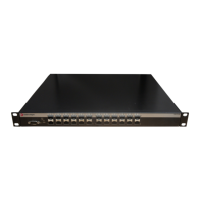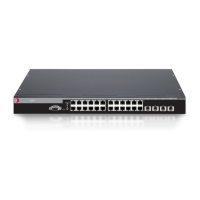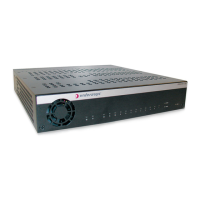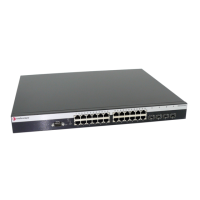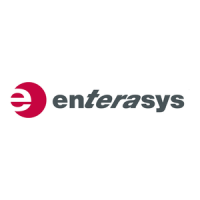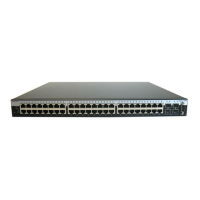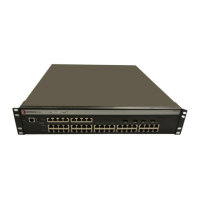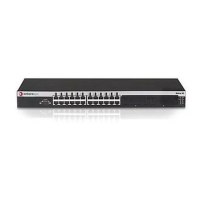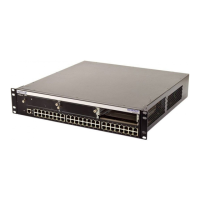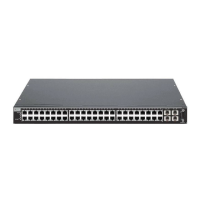show ipv6 ospf database
Enterasys C3 Configuration Guide 31-35
show ipv6 ospf database
This command displays information about the link state database when OSPFv3 is enabled.
Syntax
show ipv6 ospf [ areaid] database [{external | inter-area { prefix | router} | link |
network | nssa-external | prefix | router | unknown {area | as | link}}]
[lsid] [{adv-router [rtrid] | self-originate | database-summary}]
Parameters
Defaults
If no parameters are entered, LSA headers for all areas are displayed.
Mode
Router privileged execution: C3(su)->router#
Usage
If you execute this command without any parameters, LSA headers for all areas are displayed. Use
the areaid parameter to display database information for a specific area. The other optional
parameters can be used to specify a particular type of link state advertisement to display.
Examples
This example displays the output when an area ID is specified.
C3(su)->router#show ipv6 ospf 10 database
Inter Network States (Area 0.0.0.10)
areaid (Optional) Display database information about a specific area. Enter the
area ID in IP address format (dotted-quad) or as a decimal value.
external (Optional) Display external LSAs.
inter-area (Optional) Display inter-area LSAs.
prefix (Optional) Display intra-area Prefix LSAs.
router (Optional) Display router LSAs.
link (Optional) Display link LSAs.
network (Optional) Display network LSAs.
nssa-external (Optional) Display NSSA external LSAs.
unknown
{area | as | link}
(Optional) Display unknown area, unknown AS, or unknown link
LSAs.
lsid (Optional) Specifies the link state ID.
adv-router [rtrid] (Optional) Display the LSAs that are restricted by the advertising router.
Optionally, specify the router by its router ID (rtrid), entered as a 32-bit
dotted-quad value.
self-originate (Optional) Display LSAs that are self-originated.
database-summary (Optional) Displays the number of each type of LSA in the database and
the total number of LSAs in the database.
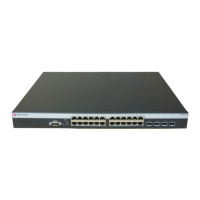
